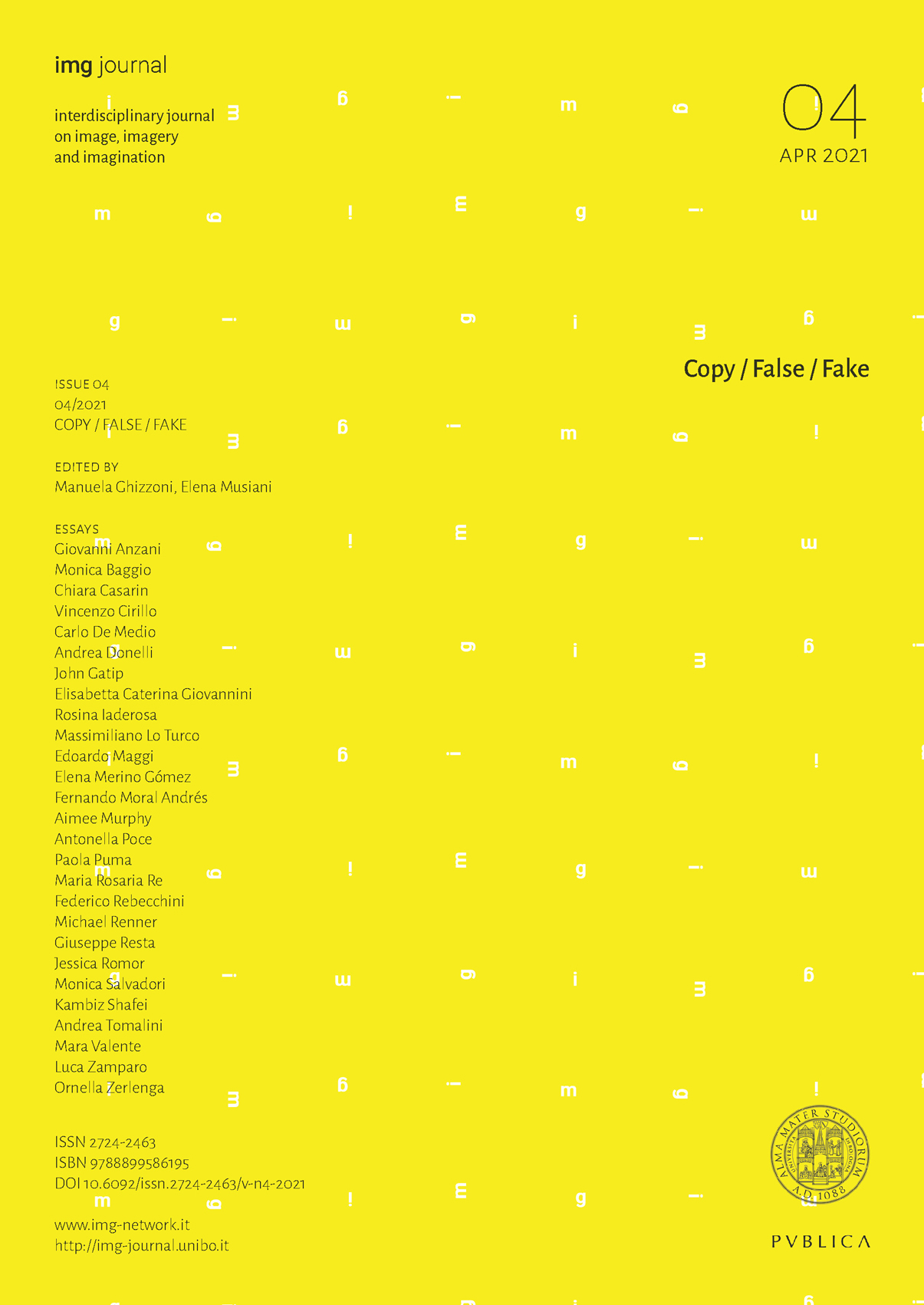About Buying a Fake Version of a Counterfeit £10 Note
DOI:
https://doi.org/10.6092/issn.2724-2463/12605Keywords:
counterfeit, forgery, money, Banksy, artAbstract
During the 2010 documentary Exit Through the Gift Shop, the English artist Banksy, speaking with an altered voice, shows to the cameraman and co-star of the film Thierry Guetta boxes full of fake £10 banknotes. On the note instead of Queen Elizabeth is depicted Lady Diana. After the movie, the Di-Faced Tenner becomes an object particularly coveted by art enthusiasts or simple last hour fans of Banksy. Fake Tenners started circulating on eBay: full-fledged fake fakes. The boundary between authentic and fake in Banksy’s work becomes very blurred. The Di-Faced Tenner’s story becomes just one of many examples of how the whole of the English artist’s work moves on that border, making his fortune, but also that of others. The paper covers the entire history of the Tenner through articles, archive news and specialized forums. The false Di-Faced Tenner, which is the counterfeiting of a counterfeit, is just one of the many pieces that allow the Bristol artist to sell his originals at such high prices. Through the Tenner’s path, the research attempts to demonstrate how the concept of Fake in Banksy’s work is a fundamental aspect of his commercial success.
Downloads
Published
How to Cite
Issue
Section
License
Copyright (c) 2021 Federico Rebecchini

This work is licensed under a Creative Commons Attribution 4.0 International License.





